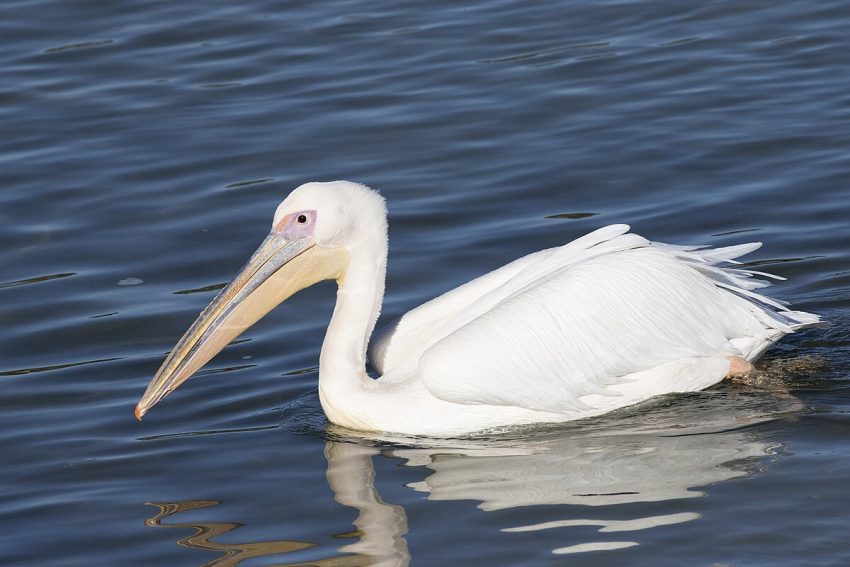As the world cloaks itself in the frosty embrace of winter, a different kind of migration takes place across continents. Winged wonders, braving frigid winds and vast distances, descend upon India, transforming its diverse landscapes into vibrant avian showcases. For travelers seeking an unforgettable winter escape, a journey to witness these migratory birds promises an immersive experience in nature’s grandeur.
Taking Flight: 10 Migratory Birds Lighting Up India’s Winter
The Majestic Siberian Crane:

Embark on a pilgrimage to Rajasthan’s Keoladeo Ghana National Park, where the endangered Siberian Crane graces the wetlands with its elegant presence. These snow-white dancers, with their scarlet crowns and trumpeting calls, symbolize hope and endurance, having flown over 4,000 miles from their Siberian breeding grounds.
Flamingo Fiesta in the Rann of Kutch:
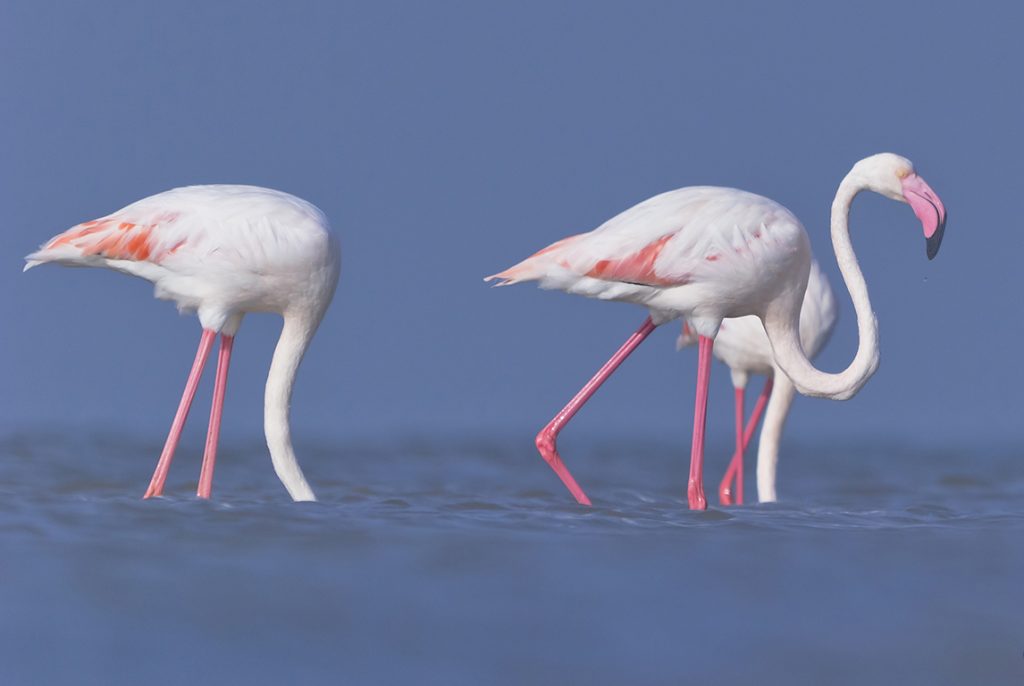
Picture a surreal vision of pink, stretching across the endless salt flats of Gujarat. The Greater Flamingo, India’s winter visitor, paints the Rann of Kutch with its vibrant plumage, creating a scene straight out of a fairy tale. Witness their synchronized feeding ballets, a testament to the beauty of collective survival.
Ruffs:
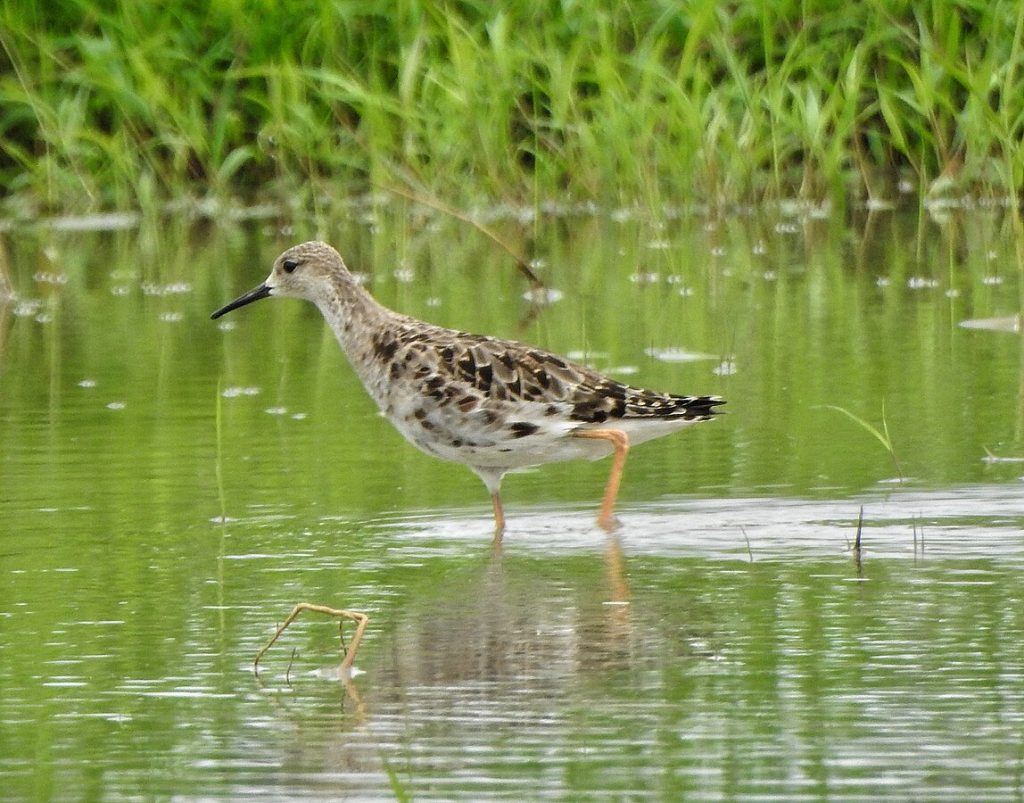
Masters of Disguise: For birdwatchers with a keen eye, the diminutive Ruffs offer a captivating challenge. These Arctic visitors transform themselves from drab winter attire to flamboyant breeding plumage, showcasing a kaleidoscope of feathers in Rajasthan and Kerala.
The Melodious Bluethroat:
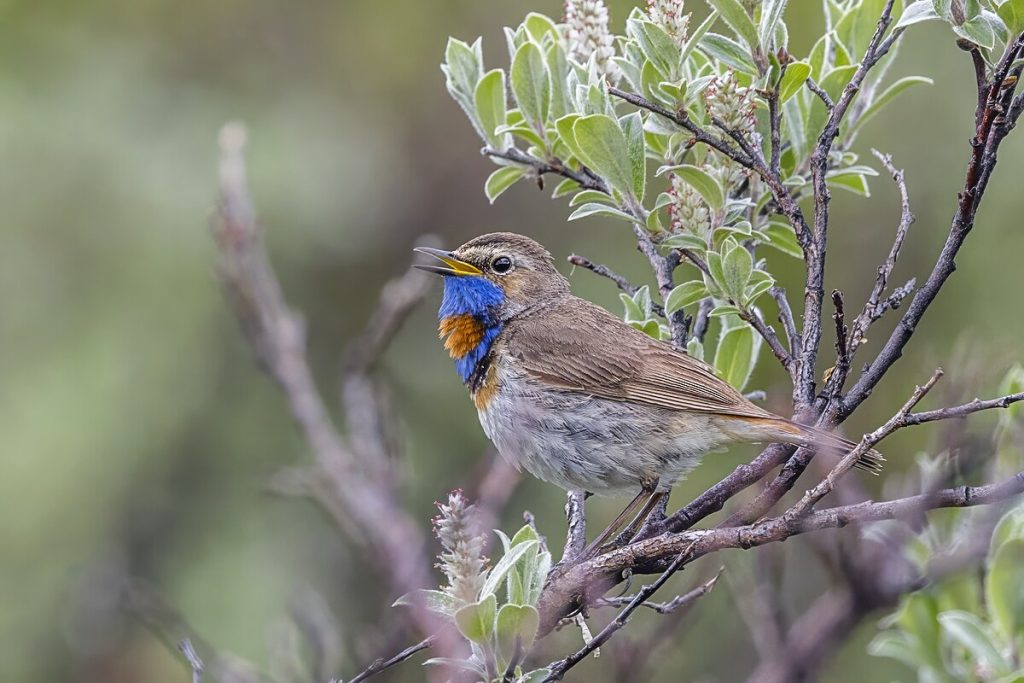
Let the enchanting song of the Bluethroat fill your winter with its musical magic. This small warbler, flitting through the scrublands of Rajasthan, dazzles with its vibrant bluethroat patch, a flash of color against the golden desert backdrop.
The Daring Black-tailed Godwit:
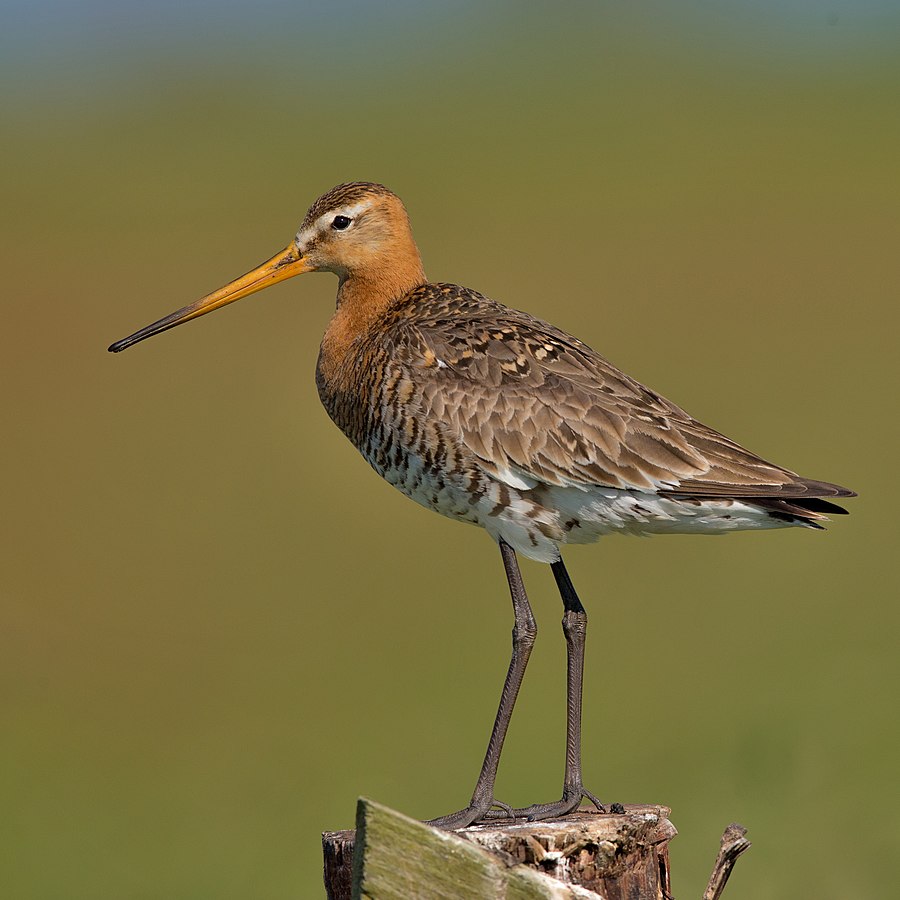
Witness the incredible feat of aerial endurance as the Black-tailed Godwit embarks on a 14,000-kilometer round trip between the Arctic tundra and Indian wetlands. Spot them wading gracefully in Chilika Lake or Veeranam Lake, refueling for their epic journey.
Northern Shoveler:
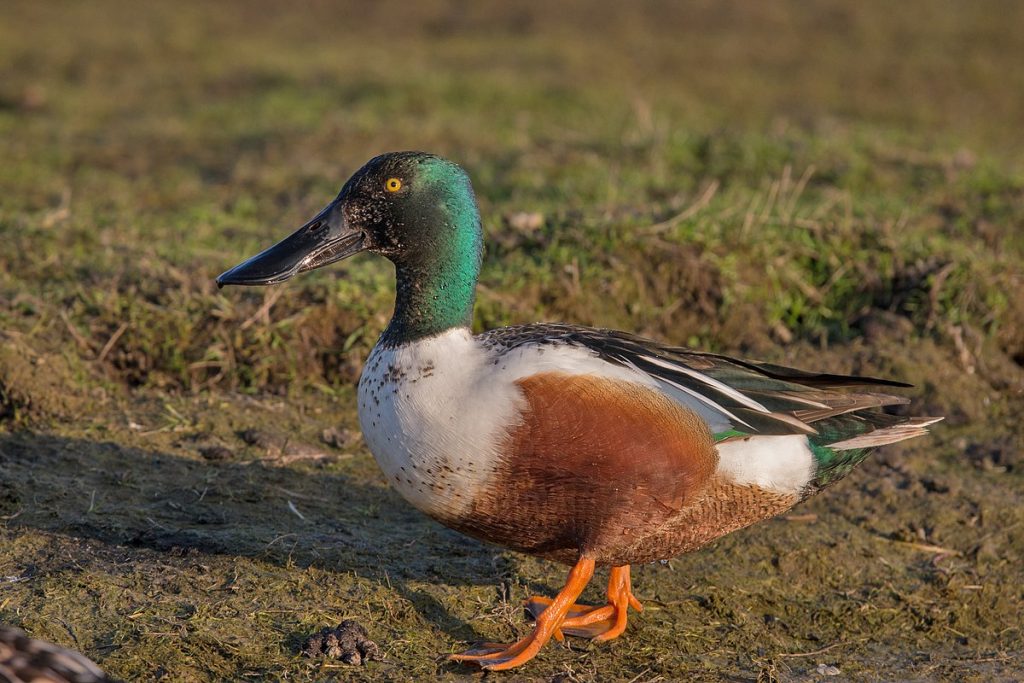
The Northern Shoveler’s unique wide bill makes it a fascinating sight to behold. These dabbling ducks, with their brown bodies and iridescent green heads, spend their winters feeding in the wetlands of Chilika Lake, Keoladeo Ghana National Park, and other freshwater habitats across India.
Rosy Pelican:
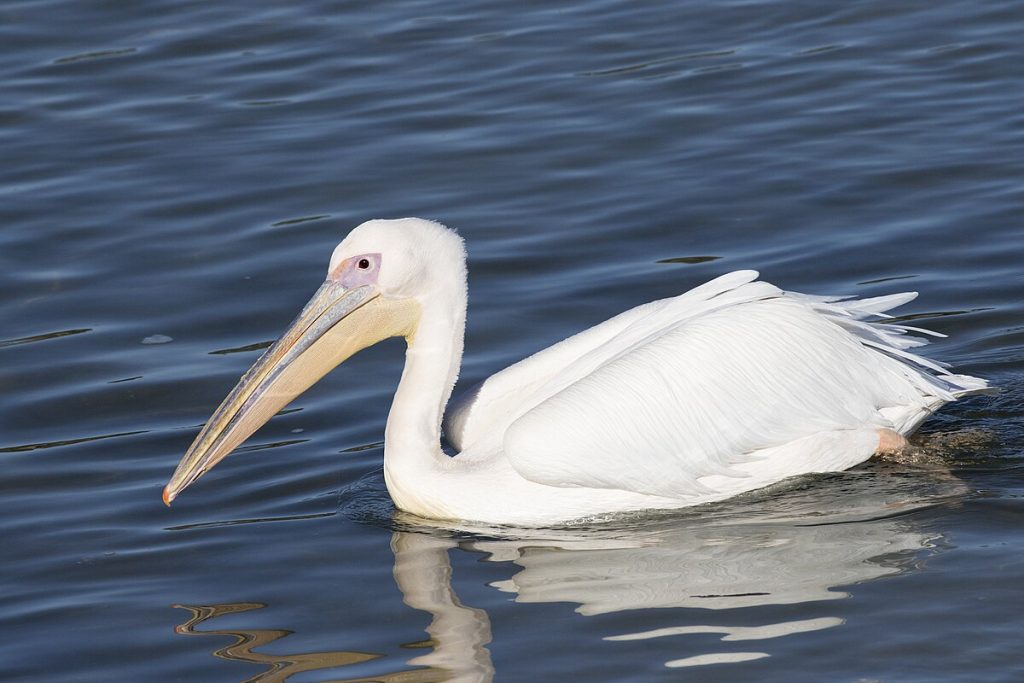
Add a touch of fairytale magic to your winter with the Rosy Pelican. These majestic birds, with their large pink beaks and graceful gliding flight, can be seen at Nal Sarovar Bird Sanctuary in Gujarat and Chilka Lake in Odisha. Witnessing them congregate in large flocks is a truly breathtaking experience.
Gadwall:
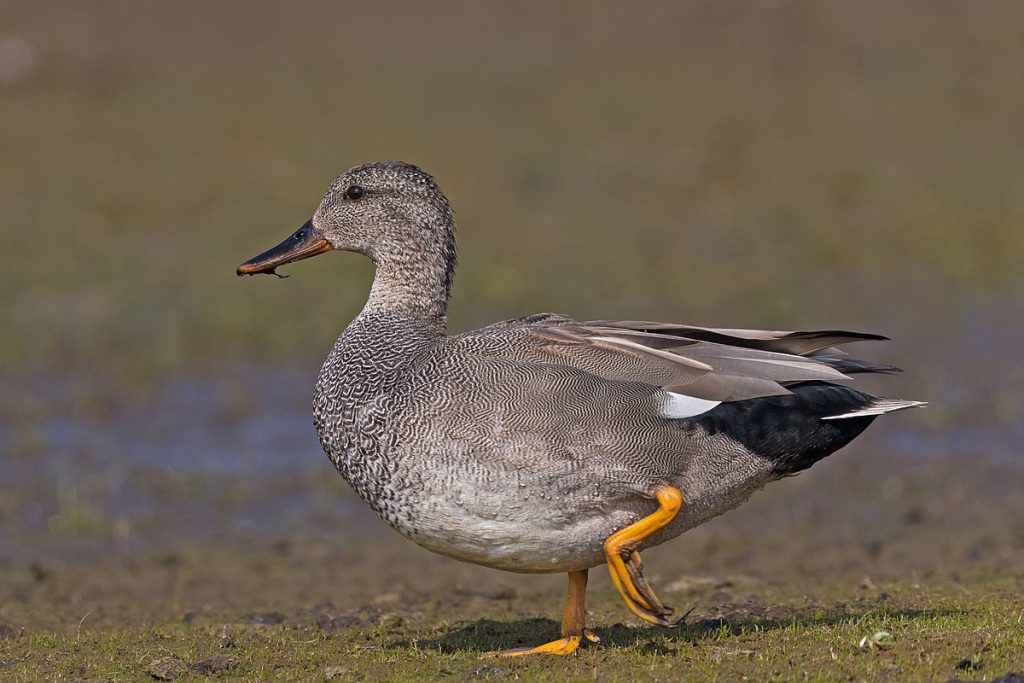
Don’t underestimate the beauty of the humble Gadwall. These dabbling ducks, with their brown bodies and striking white wing patches, add a touch of elegance to any wetland scene. Find them in large numbers at Bharatpur Bird Sanctuary, Chilika Lake, and other freshwater habitats across India.
Blue-tailed Bee-eater:
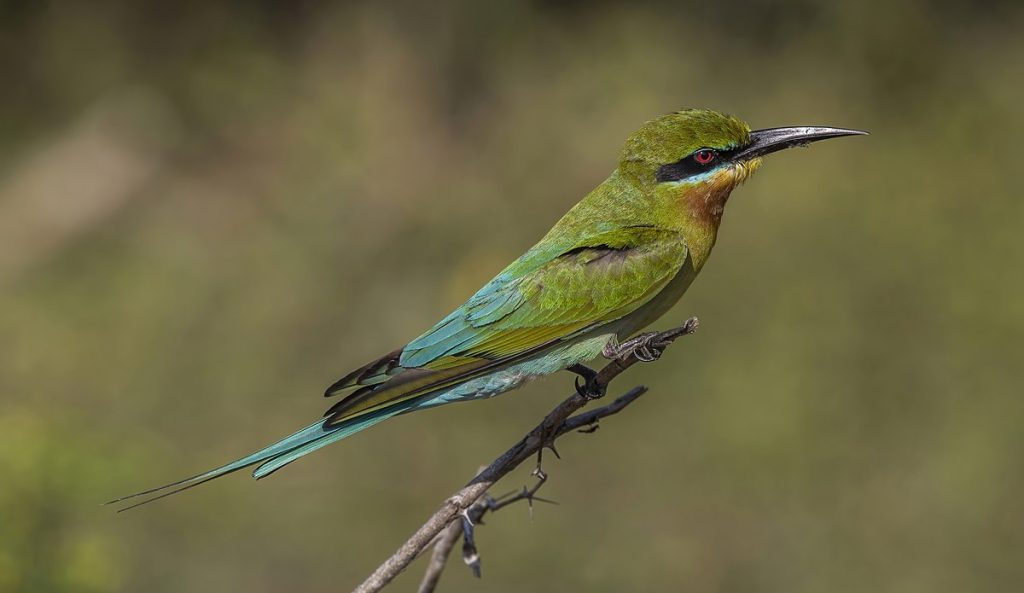
A flash of emerald amidst the greenery, the Blue-tailed Bee-eater is a captivating sight. These acrobatic insectivores, with their long bills and iridescent blue tails, dart through the air with incredible agility. Look for them in open woodlands and scrublands across India, particularly in Rajasthan and Kerala.
Eurasian Wigeon:
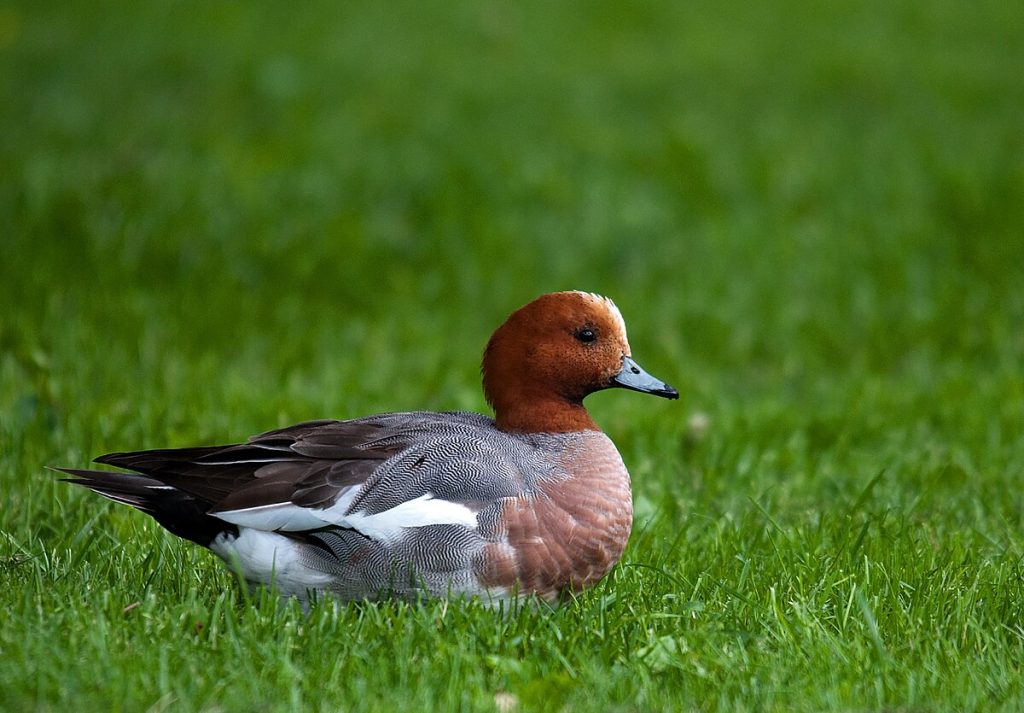
The Eurasian Wigeon’s whistling call is a sure sign of winter’s arrival in India. These dabbling ducks, with their distinctive white head markings and brown bodies, gather in large flocks at wetlands like Chilika Lake, Bharatpur Bird Sanctuary, and the Rann of Kutch.
Planning Your Avian Escapade: Tips for the Aspiring Birdwatcher
- Consider the Timing: Different migratory birds visit India at different times of the year, depending on their species and habitat. To see the most variety and abundance, plan your trip between November and March.
- Choose Your Dream Destination: India offers a variety of birdwatching sites, from the marshy wetlands of Chilika Lake and Bharatpur to the saline flats of the Rann of Kutch and the arid landscapes of Rajasthan. Find out which habitats suit your preferred species and prepare accordingly.
- To succeed in your adventure, you need two important tools: binoculars and a reliable field guide. You also need to dress appropriately for different landscapes. Wear light clothes, cozy shoes, and sunscreen. A spotting scope can help you see faraway animals.
- Be an Ethical Birdwatcher: Protect the birds’ environment and keep a safe distance. Do not make loud or disturbing noises. Support sustainable tourism projects and opt for green birding trips.
- Snap the Scene: If you love taking photos, you can preserve the amazing sight of the birds. Use the right lenses and settings to show the birds’ bright colors and fine details. Keep in mind, good photography puts the birds’ welfare above the ideal shot.
India’s winter symphony of migratory birds is not just a feast for the eyes; it’s a testament to the interconnectedness of our planet. Immerse yourself in this breathtaking spectacle, reconnect with nature’s wonders, and create memories. So, pack your binoculars, lace up your walking shoes, and embark on a winter journey to India, where the sky becomes a canvas painted by feathered brushstrokes.
Remember, responsible travel starts with informed choices. Be a conscious traveler, respect the local communities and wildlife, and leave only footprints behind.
